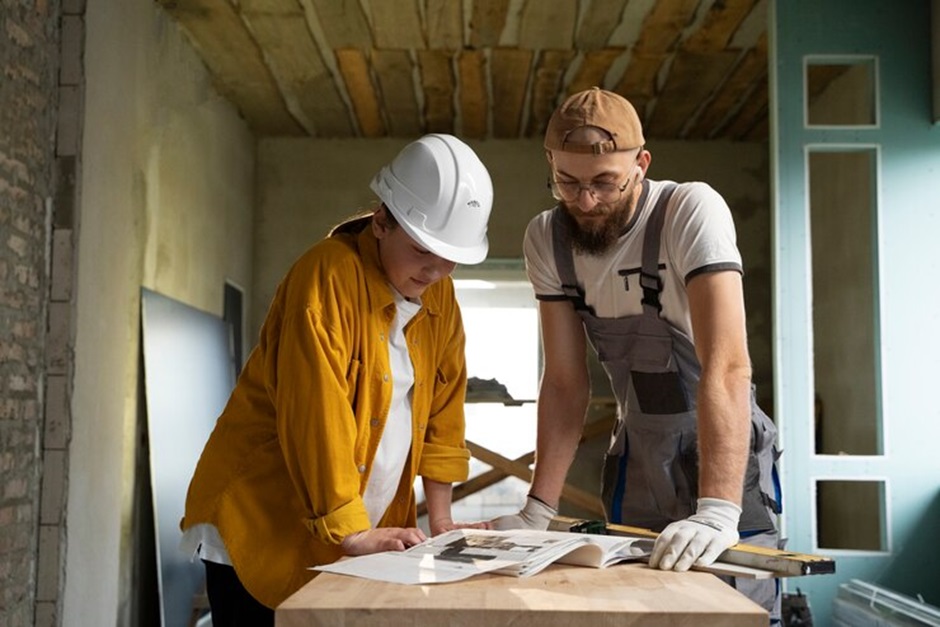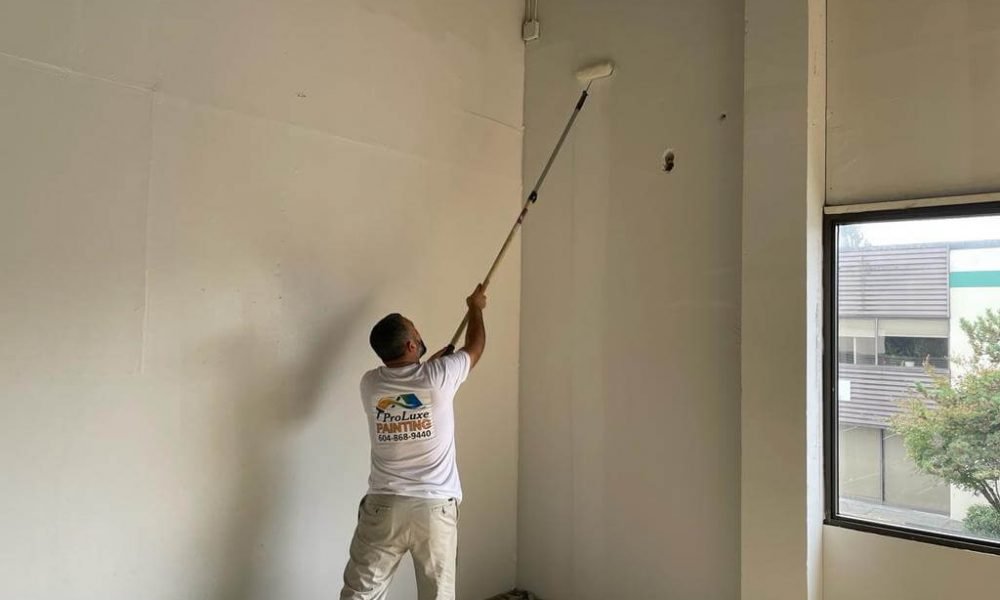The capital of Virginia has long been a staple of the East American Coast. The English settlement of Richmond occurred around 1656 after the Battle of Bloody Run. Richmond was a pivotal figure during the start of the Revolutionary War and Civil War. Let’s go over the best places to explore the history of Richmond.
Civil War History
During the mid-1800s, Richmond was the center of the Confederate Army. It was a stronghold because of its hubs of hospitals, railroads, and one of the largest markets for slaves. Tredegar Iron Works was another prominent name in Richmond. It produced artillery and other munitions.
The Tredegar building is where the American Civil War Museum is now. Joseph Reid Anderson went to West Point and was the purchasing agent for Tredegar Iron Works. By 1849 he owned the foundry and produced cannons for the Federal Government.
At the American Civil War Museum in Richmond, you’ll see exhibits like artifacts, photographs, and interactive displays that explore the political, social, and economic forces that shaped the conflict. Some focus specifically on the experience of soldiers and civilians during the war, while others examine the legacy and its ongoing impact on American society.
The White House of the Confederacy is another prominent location in Richmond. Completed in 1818, the White House of the Confederacy housed Confederate President Jefferson Davis and his family from 1861-1865. The Confederate States Congress and the Virginia General Assembly shared quarters here. It was the designated capital during these times of division.
Post-Civil War Legacy
Another recommendation is to visit the Maggie L. Walker National Historic Site. Post-Civil War Richmond enforced Jim Crow laws. Maggie Lena Walker was a civil rights leader and the first black woman to charter a bank and to serve as bank president. The educational site consists of her former home and the bank she founded.
Families looking at houses in Richmond will want to know some attractions that celebrate the advancement of the black community. The Black History Museum and Cultural Center of Virginia is a staple of preserving and celebrating the African American experience in Virginia and beyond.
The museum features exhibits, artifacts, and educational programs that highlight the contributions and achievements of African Americans throughout history. It is an excellent resource for those interested in learning more about the rich cultural heritage of African Americans in Virginia.
The Arts and Sciences
Discoveries, expressions, and exploration may be something more interesting to you. Richmond’s diverse history ensures an accumulation of decades of knowledge and experience. The Science Museum of Virginia, the Lewis Ginter Botanical Gardens, and the Richmond Mural Tours are significant to the city.
The Science Museum holds dome shows, live demonstrations, interactive activities, and in-person experiences. Walk with dinosaurs, witness the birth of our planet, or watch a cow eye dissection. As you can see, there is a little something for everyone!
The Lewis Ginter Botanical Gardens is a product of Richmond philanthropist Grace Ardents. She named the garden after her uncle, Lewis Ginter. There are over 50 acres consisting of a conservatory, cherry trees, rose gardens, and a community kitchen garden.
Finally, the murals represent the local artists in Richmond and the city’s stories. A quick search can list several dozen or more sites of public art. Many of the murals are of people from Richmond or represent significant experiences. Some of the murals are just really cool to look at as well.





